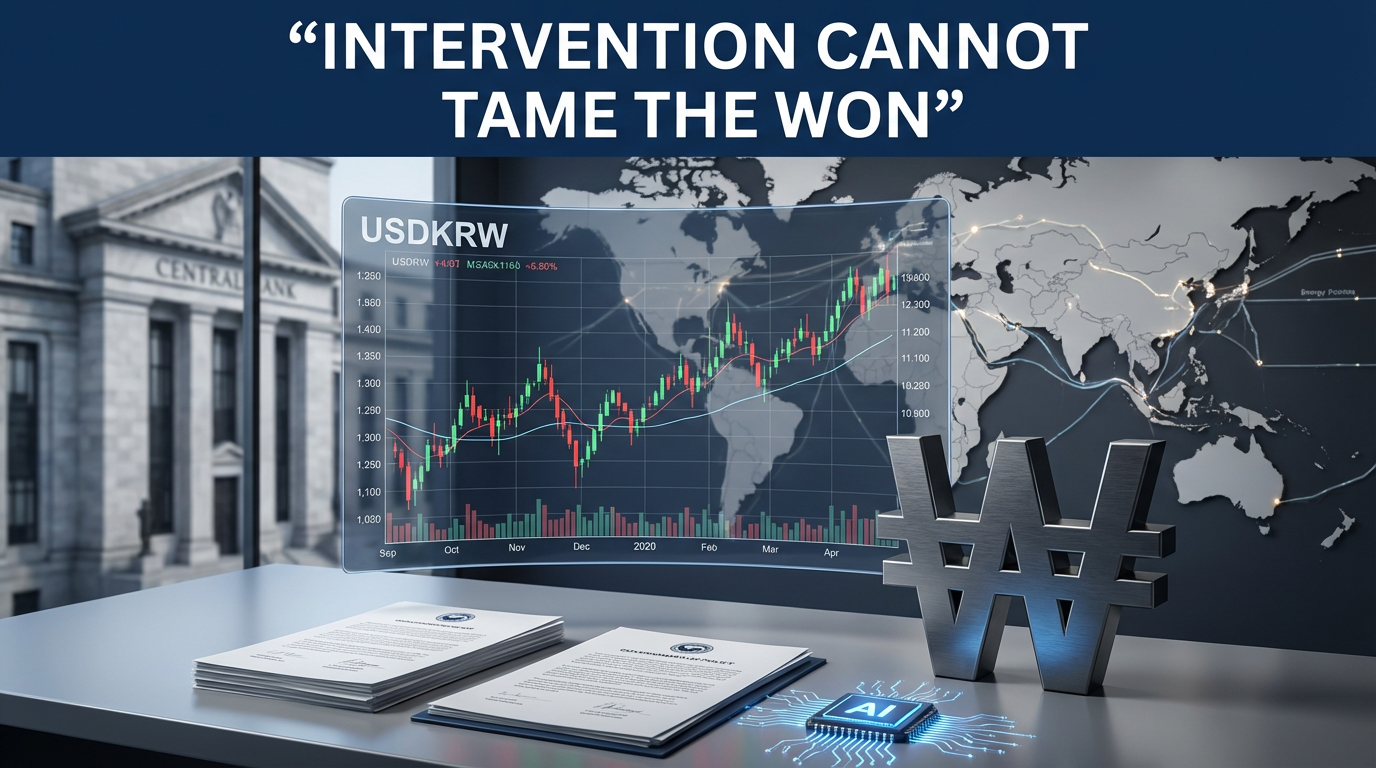● **”Shareholder Betrayal State”**
Analysis of Korean Conglomerate Governance and Value-Up/Value-Down Strategies
1. Problems of Pyramid Structure and Chaebol Management
Korean conglomerates, especially those called chaebols, are often managed by the third or fourth generation of the founding family.
These companies have a pyramid structure in which holding companies, intermediate holding companies, and various affiliates are all listed.
In this structure, controlling shareholders have a high potential to betray shareholders if they are so inclined.
LG Group is considered a leading example of this problem, with numerous cases of betrayal against shareholders in its history.
This issue poses a significant risk to the Korean capital market and negatively affects the economic outlook for the domestic market.
2. Value-Up Program and KPI Linkage – Preserving Shareholder Value
The government has introduced a value-up program to enhance the intrinsic value of companies.
This program focuses on setting KPIs that are linked to executive compensation.
KPIs include the required rate of return for shareholders (discount rate, ROE), stock price, and total shareholder return rate.
By designing the system so that executive compensation aligns with shareholder interests, the aim is to prevent the erosion of shareholder value.
This system holds significant importance in terms of economic outlook and corporate governance.
3. Importance of Preventing Value-Down and Risk Management
The key to value-up is not just raising the stock price, but fundamentally preventing value-down, i.e., executives embezzling company assets or shareholder equity.
If executives can misappropriate company funds without legal accountability, a large amount of capital can be transferred, severely damaging the intrinsic value of the company.
This risk is reflected in the market, leading to stock price discounts.
Therefore, companies must focus on protecting shareholder value through internal controls and strict governance systems.
Especially when looking at examples from the United States and Europe, the duty of loyalty to shareholders and ex-post control mechanisms are crucial.
4. Best Practice: Governance Improvement of Meritz Financial Group
Meritz Financial Group is realizing exemplary corporate governance through the separation of ownership and management.
Shareholder value is actively returned through measures such as delisting subsidiaries, repurchasing company stock, and dividend policies.
The company’s long-term competitiveness is secured by employing talented and honest individuals from within.
This example demonstrates how domestic companies can improve governance and contribute to improving the economic outlook.
Unlike the chaebol-centered pyramid structure, it serves as a model for transparent and fair capital market operation.
5. Legal System and Global Models: US vs. European
Korea follows the US model regarding the board of directors’ authority in capital transactions.
That is, the board of directors has full authority over capital transactions and does not need to obtain approval from the shareholders’ meeting.
On the other hand, Europe strengthens prior controls on various capital transactions, ensuring that all shareholders are given the same conditions.
As a result, shareholder value protection and management’s duty of loyalty to shareholders are more strictly applied.
The current Korean legal system has vulnerabilities in shareholder protection due to this US-style structure, and improvement is urgently needed.
6. Future Improvement Directions and Significance
Improving corporate governance and shareholder protection in Korea is closely linked to long-term corporate competitiveness and the national economic outlook, not just short-term results.
Changes in the duty of loyalty of directors and the legal system regarding capital transactions are essential.
Unfair practices such as betraying shareholders must be fundamentally prevented through institutional reform.
Also, creating an environment where excellent talent can be fairly employed will make the capital market more transparent, not only for companies but also for the domestic market.
Ultimately, when honest and capable individuals lead companies, the Korean economic outlook can achieve realistic development, not just a dream.
< Summary >
Shareholder protection is urgent due to the pyramid structure and chaebol management issues of Korean conglomerates.
The government is trying to link executive compensation with shareholder interests by introducing a value-up program.
Blocking value-down is key, and strengthening risk management and internal controls is necessary.
As in the best practices of Meritz Financial Group, transparent governance and honest talent recruitment are key to securing long-term competitiveness.
Limitations of the US legal system and the introduction of the European-style prior control model are required, and these changes are expected to have a positive impact on the domestic capital market.
These improvement directions, focusing on economic outlook, chaebols, corporate governance, shareholder value, and capital market, are important factors that will determine the future of the Korean economy.
[Related Articles…]
Governance Innovation Cases
Chaebol Management Structure Analysis
*YouTube Source: [이효석아카데미]
– 마음만 먹으면 언제든지 주주 뒤통수 때리기 너무 너무 쉬운 국가 ㅣ김규식 비스타 글로벌 애셋 매니지먼트 포트폴리오 매니저 [2부]



